Image Gallery: Jellyfish Rule!
Jellyfish Introductions
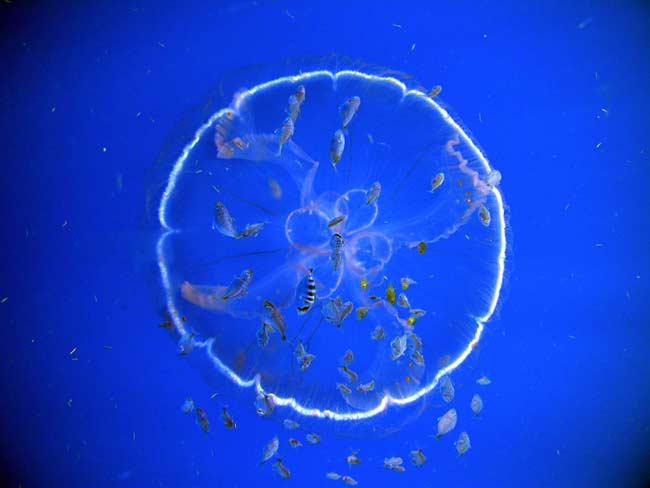
The moon jellyfish is believed to have been introduced into many new environments by ships, when the jellyfish's stationary developmental stage, called a polyp, attached to their hulls or came in via the ballast water, which ships dump once they arrive at their destination.
Stealthy Predator
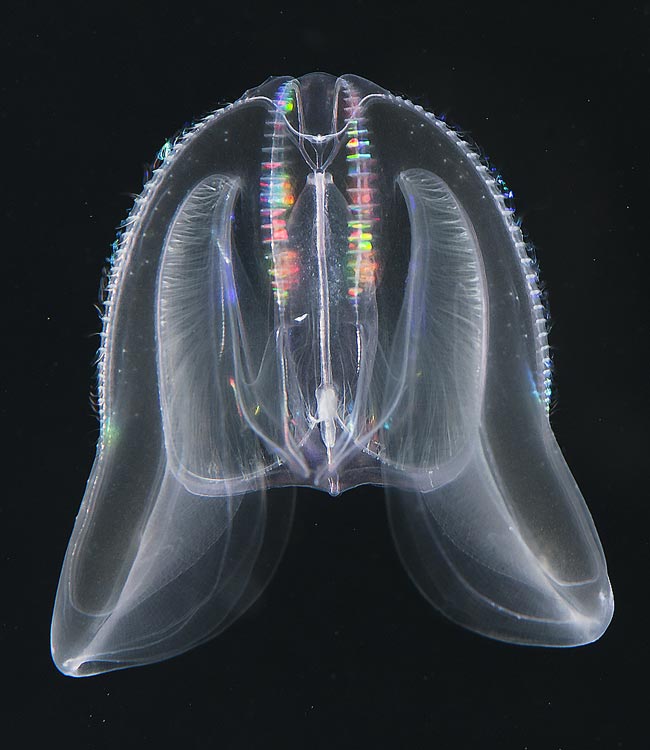
The stealthy predator Mnemiopsis leidyi, also known as the sea walnut, uses tiny hairs, called cilia, to create a current which prey don't notice until they are sucked into its mouth region, surrounded by two large oral lobes. The sea walnut swims using fused cilia, which diffract light in many colors in this photo.
Efficient Feeders
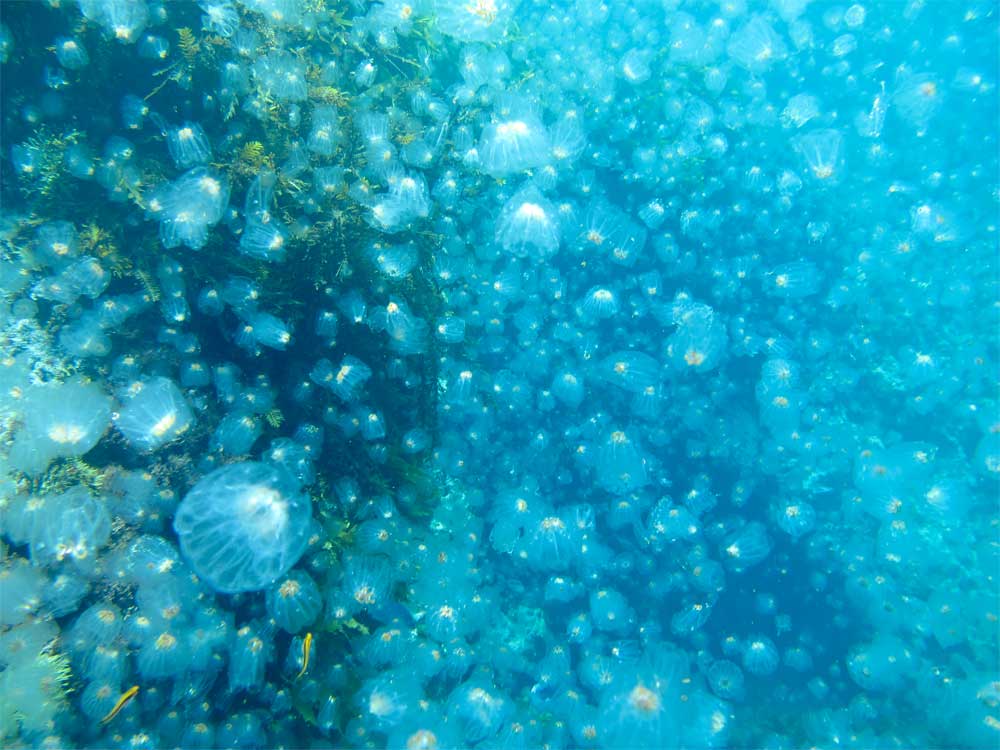
A salp bloom off the coast of New Zealand. These bloblike creatures are not true jellyfish, but instead another group of free-swimming invertebrates. The 5-inch (13-centimeter)-long , barrel-shaped organisms resemble streamlined jellyfish and live in mid-ocean waters where they filter the seawater for food particles.
Moon Jellies
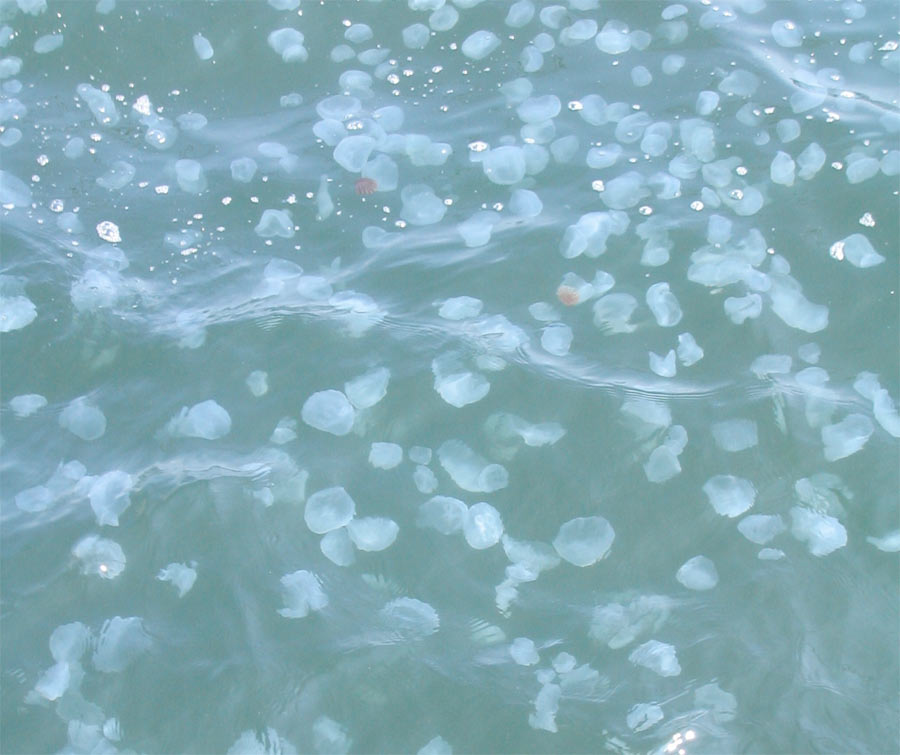
Here, a moon jellyfish bloom off the coast of Japan. Moon jellyfish (Aurelia aurita), are carnivorous and feed on the ocean's zooplankton (tiny floating animals).
Fried Eggs?
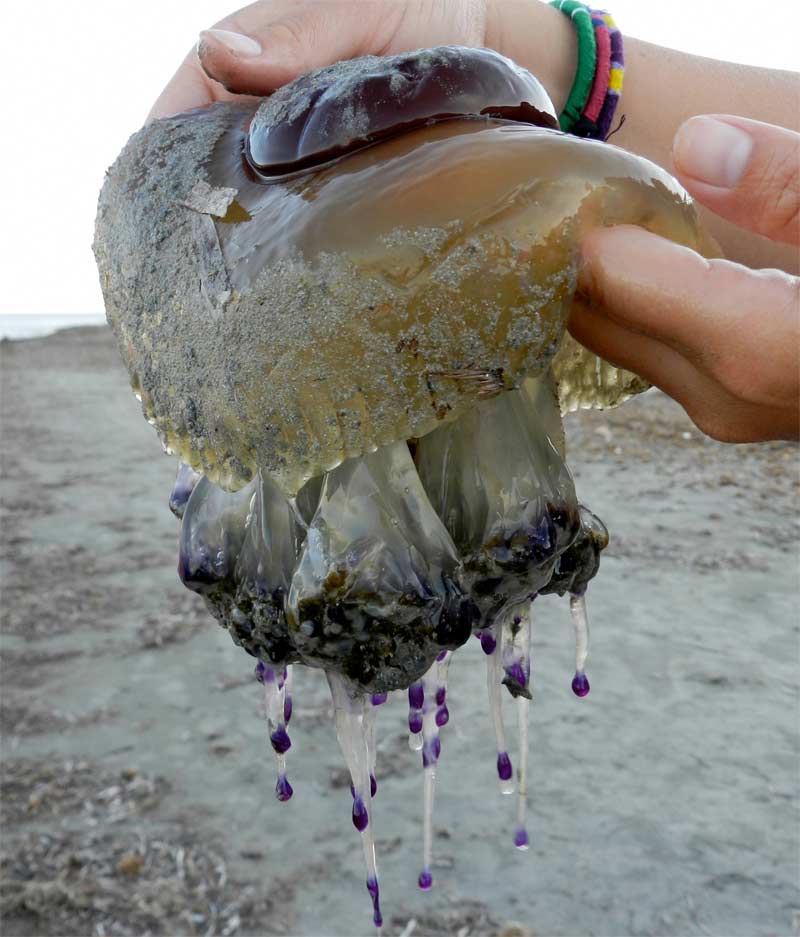
Fried Egg Jellyfish (Cotylrhiza) from Alicante, Spain, forms blooms along the Mediterranean coastline.
Giant Jellies
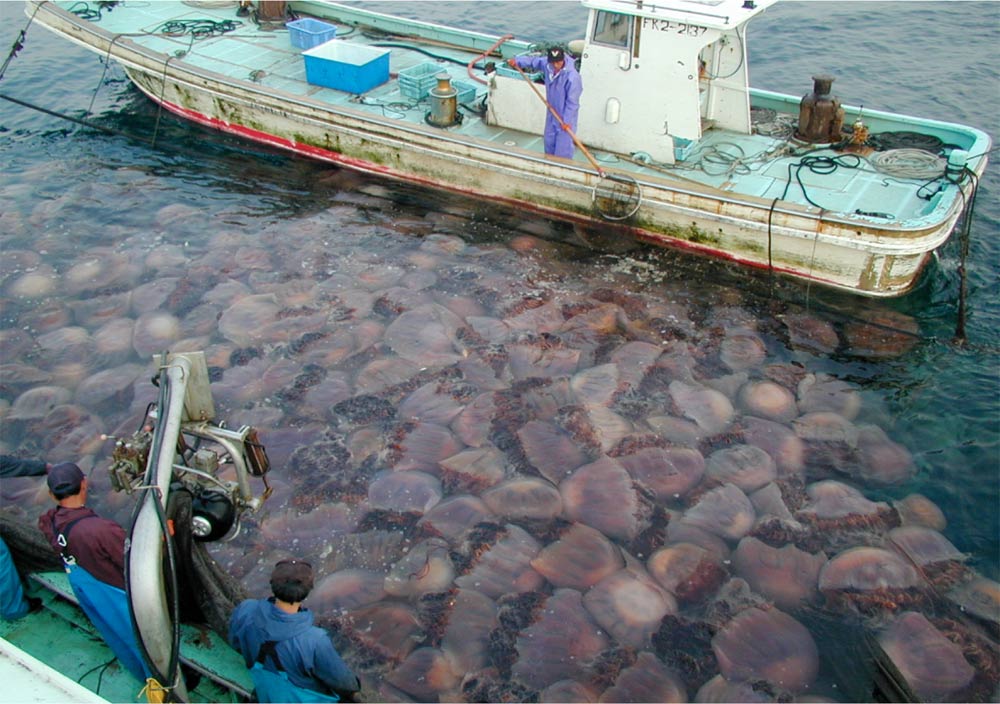
Giant jellyfish (Nemopilema nomurai) clogging fishing nets in Japan. Also called Nomura's jellyfish, these gelatinous creatures can grow up to 6.7 feet (2 meters) in diameter.
Man-O-War
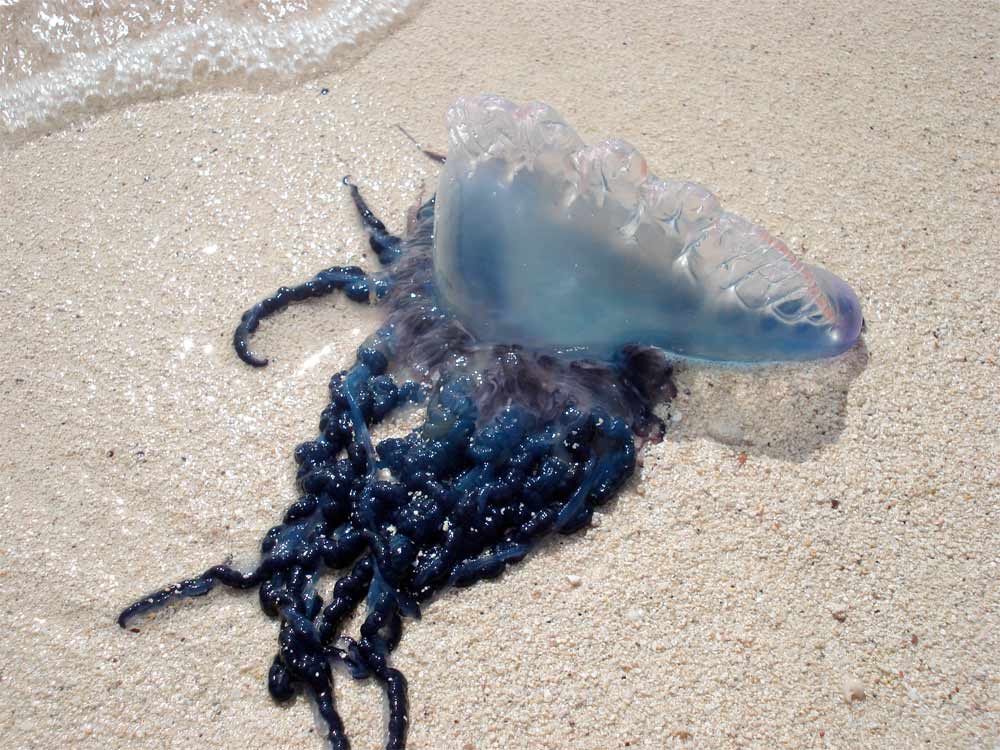
Here a Portuguese Man-O-War (Physalia sp.), a species closely related to true jellyfish, is common in the world's oceans.
Get the world’s most fascinating discoveries delivered straight to your inbox.



